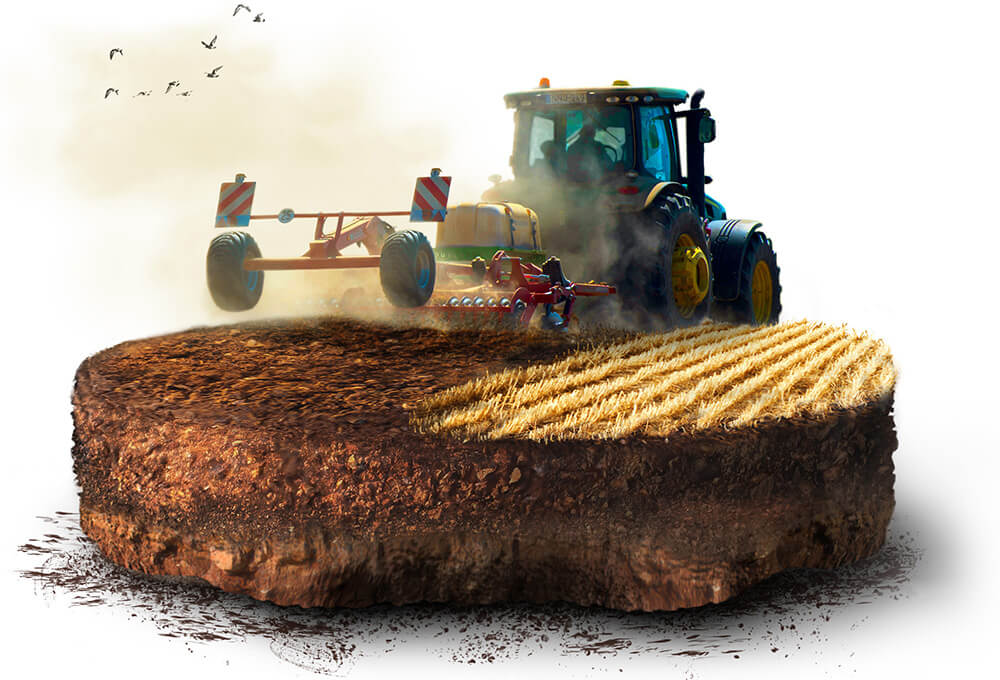
Phylazonit Stubble Decomposer
Soil structure improvement – intensive soil life
With Phylazonit Stubble Decomposer, we accelerate and control the decomposition of dead plant residues into nutrients, so that the vast majority of the nutrients can be available to the plant within a year.
In this way we can stimulate the microbial life of the soil. And active soil life has a positive effect on soil structure and tilth

Benefits

Composition
Bacteria strains (Bacillus circulans, Azotobacter chroococcum, Pseudomonas putida, Bacillus megaterium) in ration optimized to stubble decomposition, nutrient solution.
Germ number: 4 x 108 CFU /cm3, nutrient solution.

Application
Arable plant cultures: 10-20 l/ha
Horticultural plant cultures: 10-20 l/ha
The preparation can be used in all arable and horticultural plant cultures in an amount of 10-20 l/ha (150-200 l/ha quantity of liquid) applied directly on the stubble or the stem residues by means of a special device mounted on a tractor (eg. Phylazonit Phyller) or a sprayer and turned immediately into the soil.
The treatment should be carried out during the field work when a major part of stubble residues is being turned into the soil and when conditions allow to carry out ground works in 10-25 cm depth.
Since the strains found in the preparation can endure dry soil well, do not time the application to the weather but to the condition of soil!
The efficiency of stubble decomposition can be increased significantly if you chop the plant residues to uniformly small size previously.
